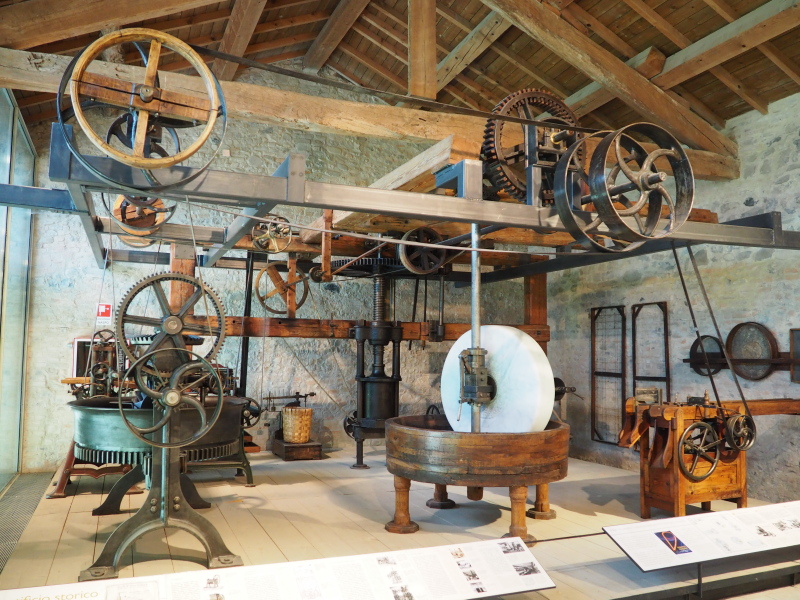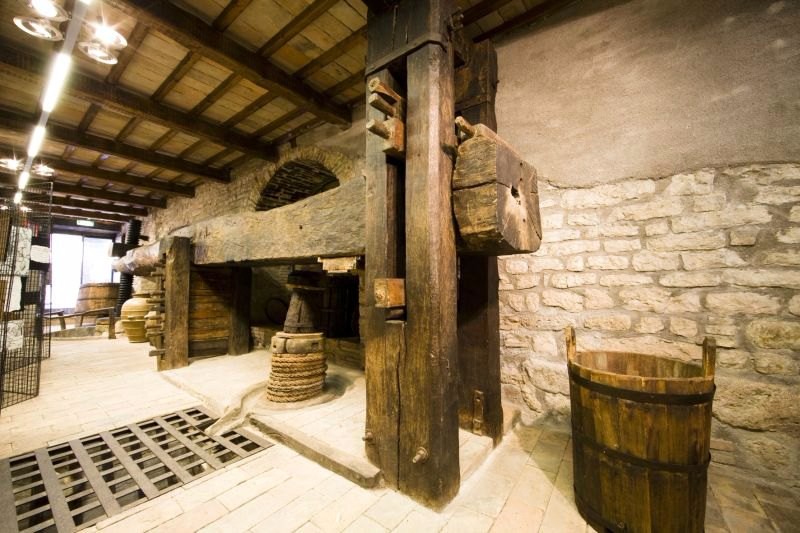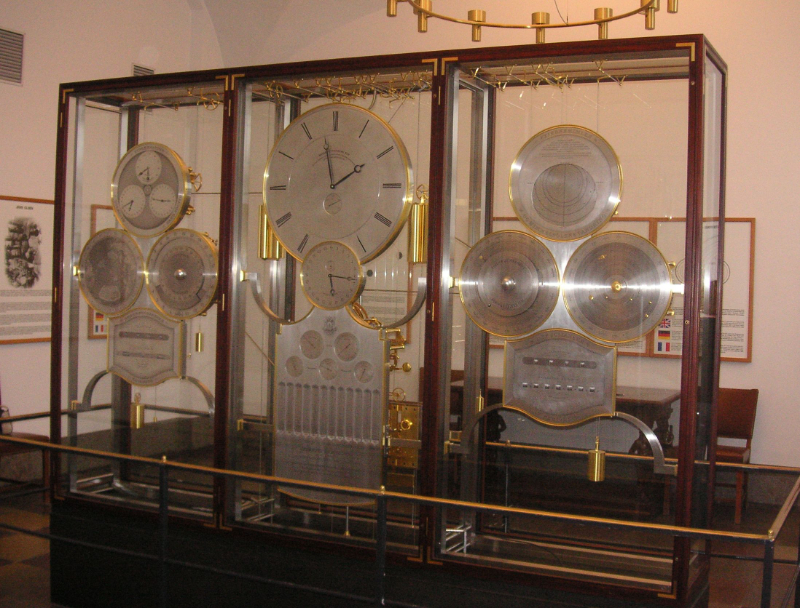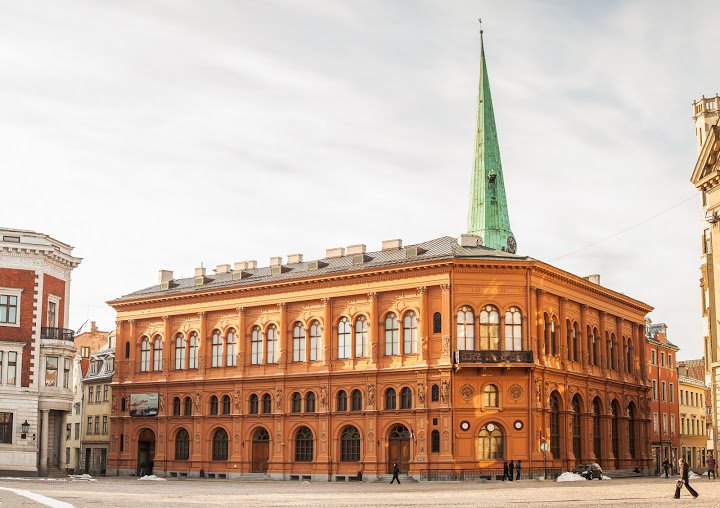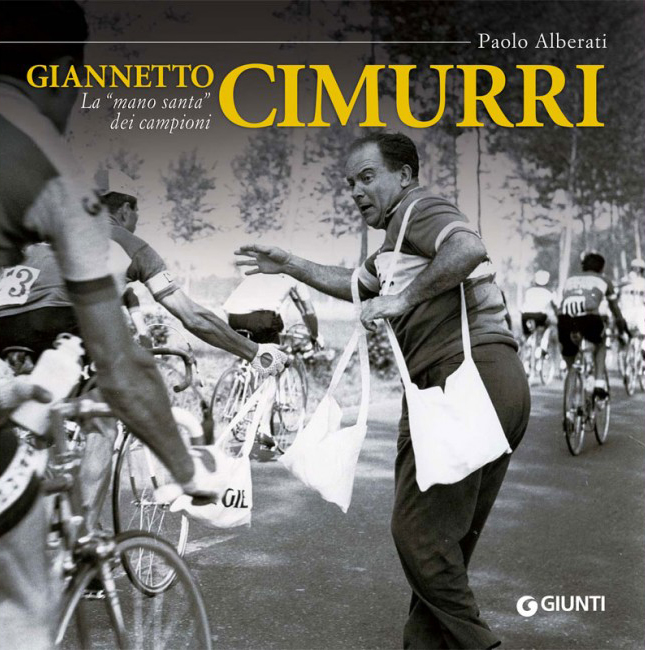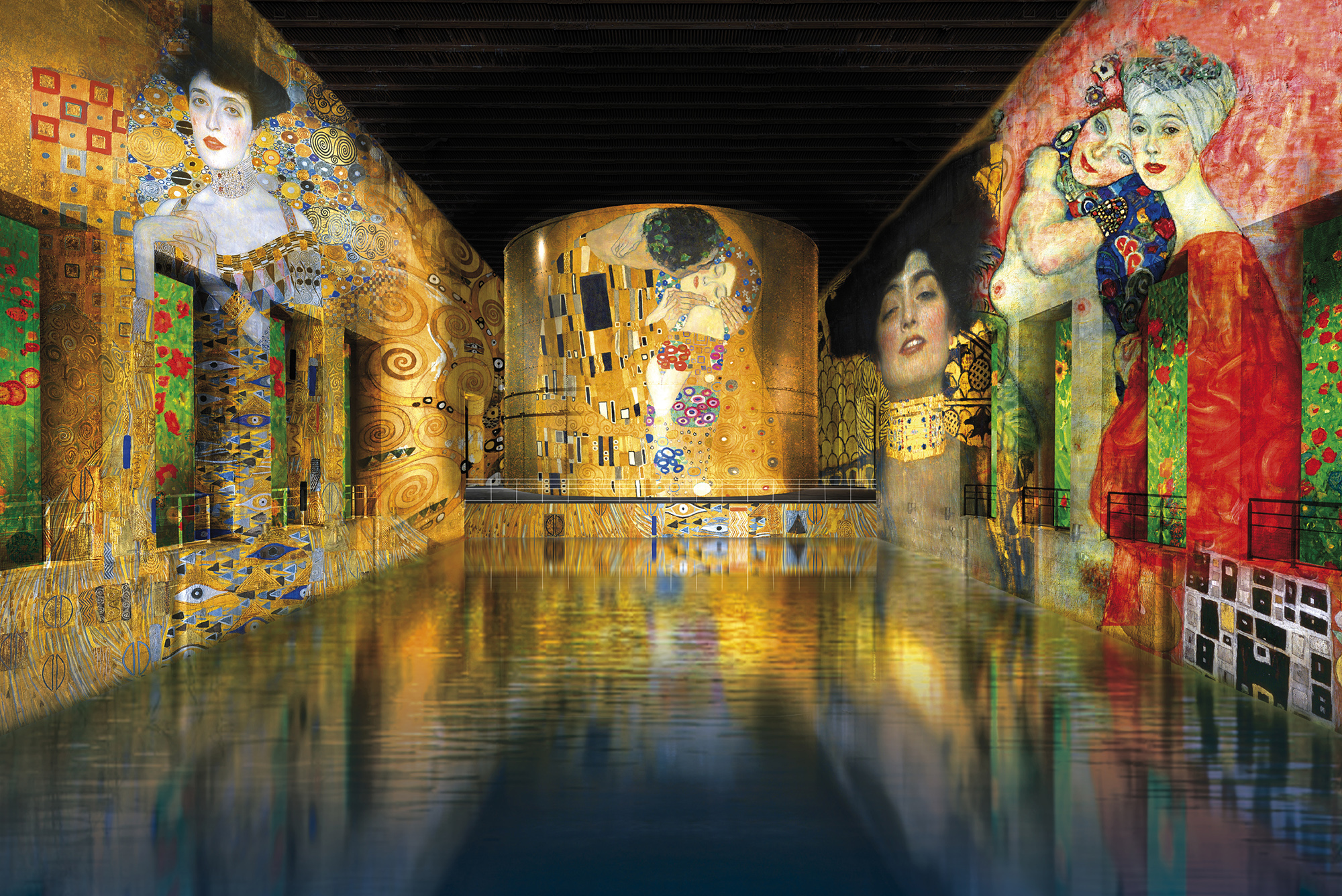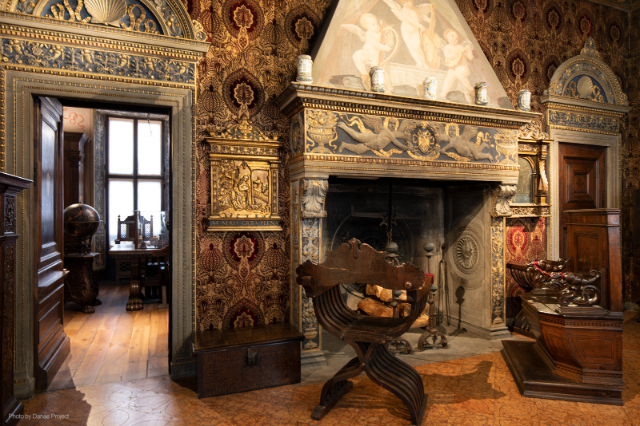Pasta Museum
The first section, dedicated to wheat, its characteristics and cultivation methods, presents models, ancient agricultural tools and documents that testify to the evolution of agricultural techniques. The second section is dedicated to milling, the various types of mill, with models and historical iconography of great interest, the reconstruction of a millstone mill and a modern cylinder mill. A synthetic section is then dedicated to bread and bakery products. The homemade preparation of fresh pasta, to which the fourth section is dedicated, is told through small domestic tools, the art of rolling pin and the extraordinary variety of the rich collection of "speronelle", or pasta wheels.
A real industrial pasta factory of the first half of the nineteenth century allows the visitor, in the fifth section, to understand the various stages of production of dried pasta, with original machinery, perfectly restored. A second nucleus of ancient machines, shows the production methods in an Emilian artisan workshop of the last century. Models and videos, then allow the visitor to know the current, very modern technologies used in industrial pasta factories to guarantee a product of constant high quality over time. A further chapter illustrates, through the "trafili", the way of forming a hundred different pasta formats, true "architectures for the mouth".
The sixth section is dedicated to the culture of pasta, with in-depth information on communication (posters, playbills, historical posters made by famous poster artists and graphic designers), gastronomy (history of pasta strainers and ideal combinations of formats and condiments from the various regions of Italy), pasta in art and culture (from paintings to stamps).
